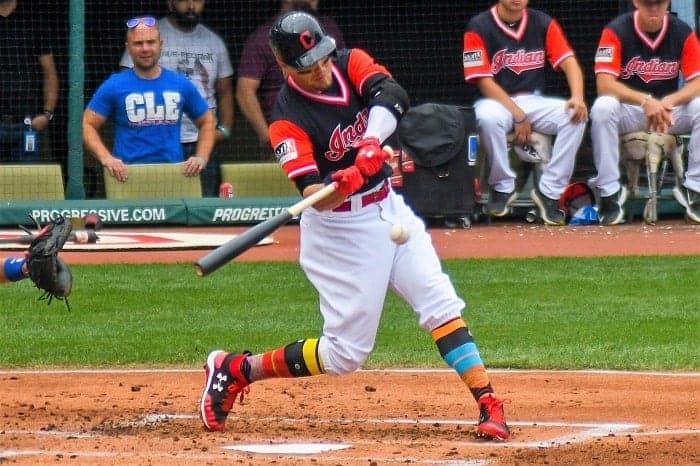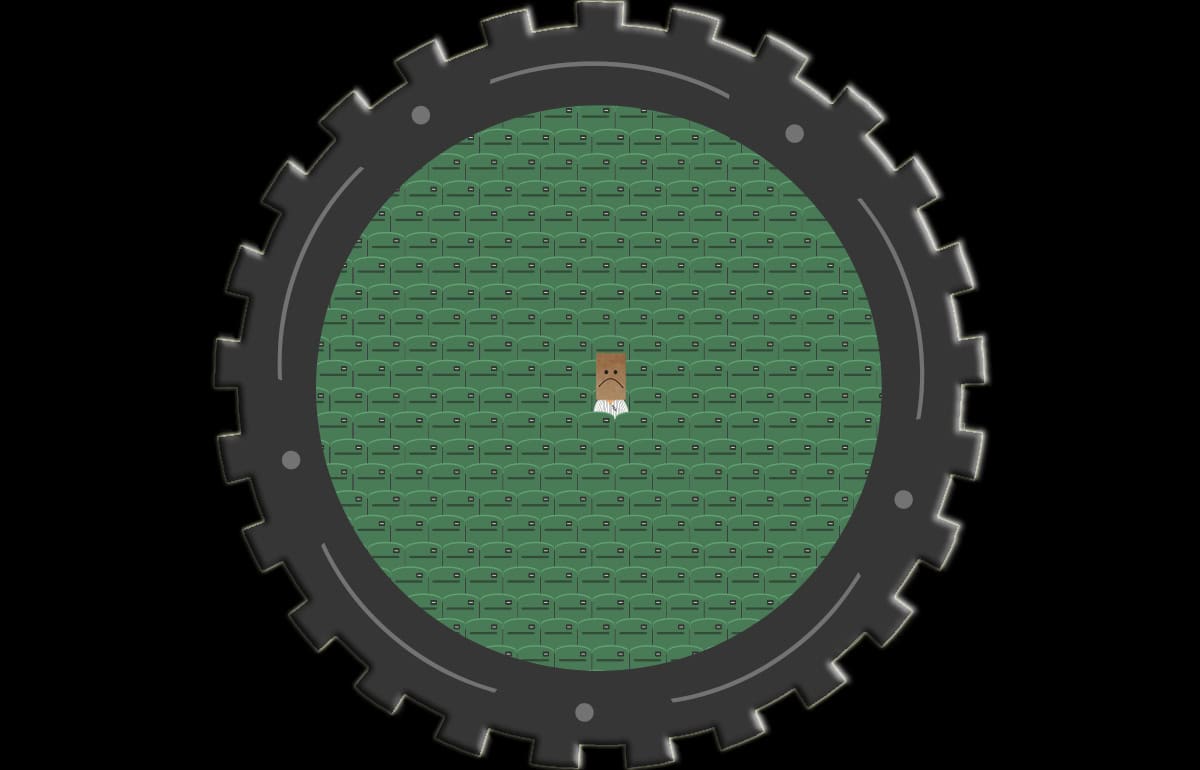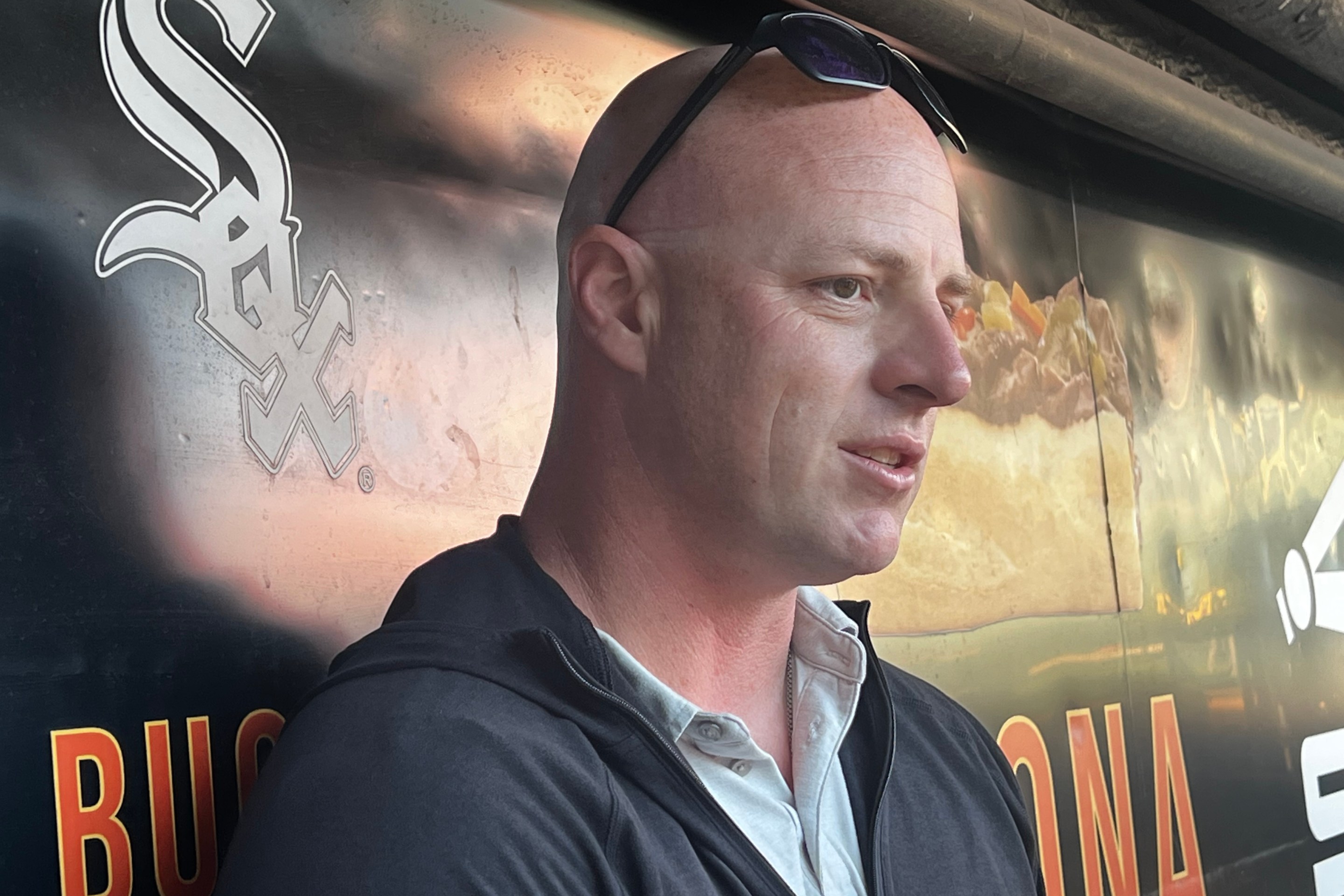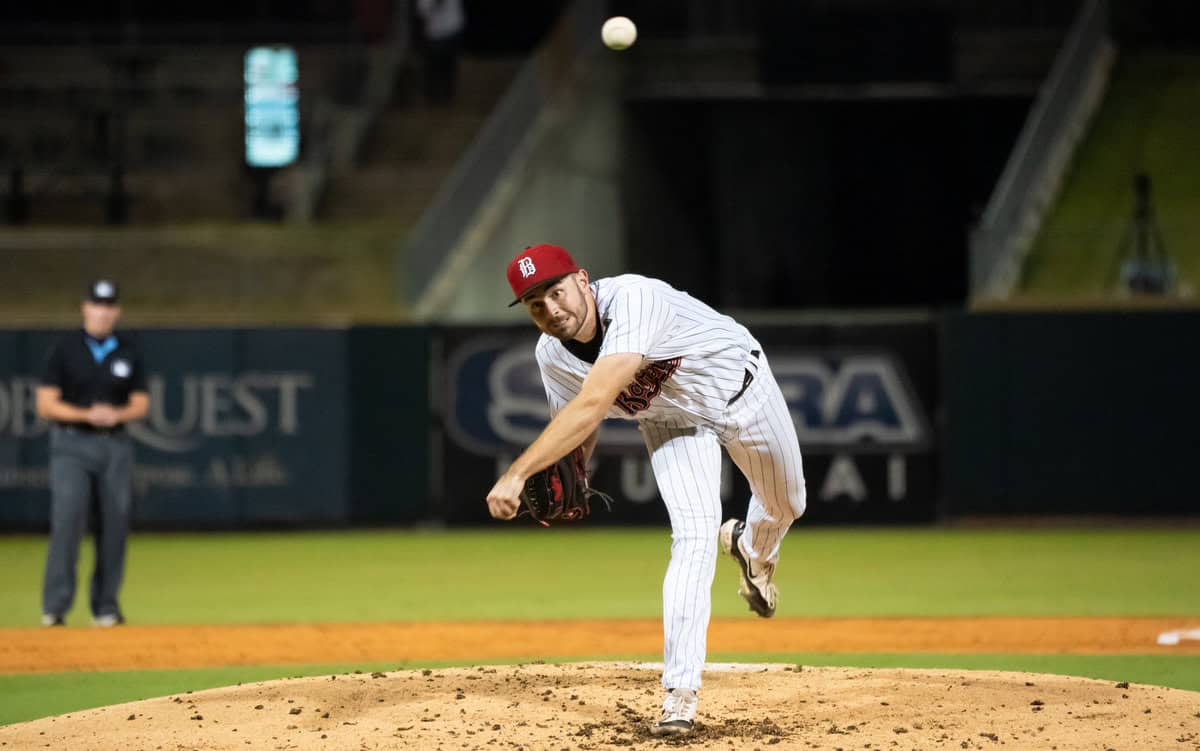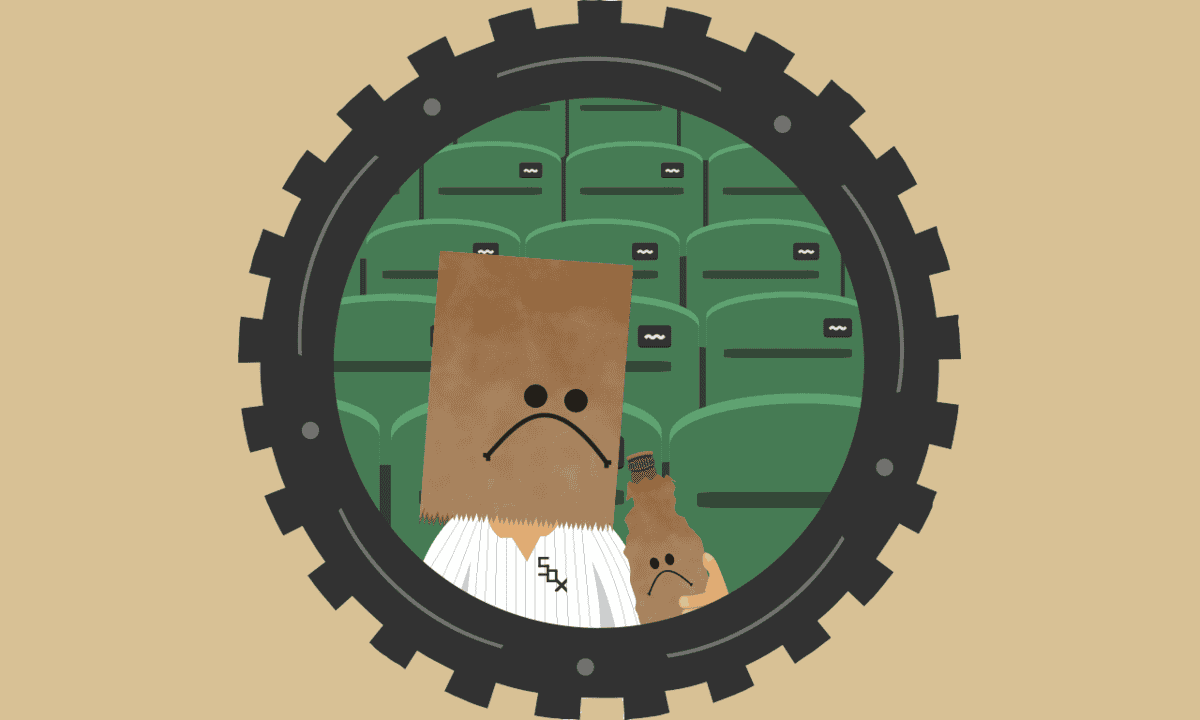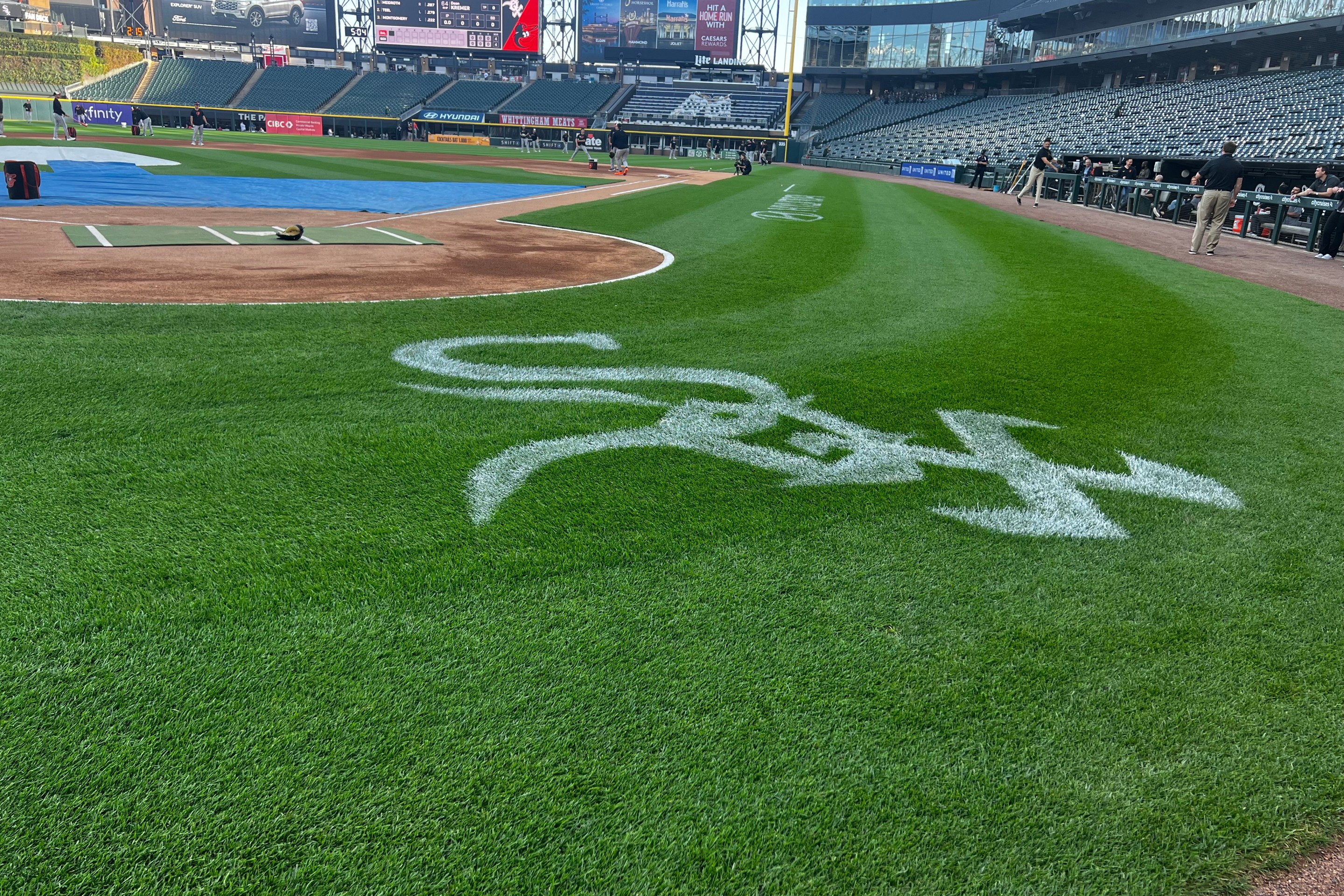I'll wrap up Prospect Week later today with an exclusive post for Patreon supporters, but let's spend the morning catching up on news from the week that we hadn't discussed in earnest. For instance:
On Thursday, the White Sox signed Brandon Guyer to a minor-league contract with an invitation to MLB camp. Guyer has a limited set of skills -- a corner outfielder who can get on base against lefties -- but it complements an outfield with Jon Jay, Daniel Palka and/or Nicky Delmonico fairly well if he has a strong spring.
If Guyer has to do more than that, it can unravel pretty quickly. His splits from last season with the Indians sum up his best use case:
- vs. LHP: .233/.358/.447 over 123 PA
- vs. RHP: .176/.227/.286 over 98 PA
- Overall: .206/.300/.371 over 221 PA
He was replacement-level last year, and at 33, one can't bank on a rebound.
At the very least, White Sox pitchers will get a respite from facing him. Guyer owns a .311/.431/.500 line against the Sox over 110 plate appearances, including a whopping 12 HBPs. Guyer has made a lot of his living by utilizing his elbow armor, but that's still an excessive amount of plunkings. Only the Red Sox have drilled him more (13 over 159 PAs).
* * * * * * * * *
J.T. Realmuto wasn't a free agent, but after he made it clear that he had no interest in signing an extension with the Marlins, he spent all winter available to the highest bidder.
The Phillies became that team, acquiring a top-three catcher for Jorge Alfaro and intriguing, unorthodox top pitching prospect Sixto Sanchez, lefty prospect Will Stewart and $250,000 of international bonus money.
The reactions to the trade are all over the board, because Alfaro is a catcher with a massive walk-to-strikeout disparity, and Sanchez is a hard-throwing but undersized righty. Dayn Perry at CBS Sports gave the Phillies an "A," while Michael Baumann at The Ringer said they paid through the nose. Jeff Sullivan said the Marlins acquired a "mystery box," while Keith Law said it was a "fair return, but I would think a big comedown" from their goals in trading an All-Star.
The upgrade from Alfaro to Realmuto is all about marginals wins, and Philadelphia is in a position where every win counts. Phillies GM Matt Klentak said big free agents are still on the board, but any subsequent Manny Machado and Bryce Harper rumors are just about entirely speculative, Hector Gomez excepted.
* * * * * * * * *
Relations thawed a little between Major League Baseball and the MLBPA, as Ken Rosenthal said the two sides are swapping proposals over ways to improve the game.
The changes are rather significant, which means they might not have a chance of passing so soon. The league proposed requiring pitchers to face a minimum of three batters, while the union proposed adopting a universal DH and punishing tanking teams with diminishing draft rewards. There's no real sense of whether any of these will come to fruition, but it does establish some way for the sides to give and take in negotiations.
Should it stall?
If no agreement is reached, the collective bargaining agreement empowers Manfred to unilaterally implement three elements he formally proposed last year, according to sources — a 20-second pitch clock, a reduction of mound visits from six to five and a rule placing a baserunner on second base in spring training games and the All-Star Game when the score is tied after the 10th inning.
Baseball’s current proposal includes one slight modification from the above provisions, reducing mound visits from six to four in ‘19 and four to three in ‘20. It also includes an expansion of rosters from 25 to 26 in ‘20, with an accompanying reduction from 40 to 28 in September.
None of these tweaks seem all that necessary, as the limit of six mound visits seemed to change habits considerably between pitchers and catchers. The cap on active players in September could help a little, although its impact would fade if bullpens still go from eight deep to 11.
* * * * * * * * *
The restoration of the 15-day disabled list -- the one that the White Sox really wouldn't feel -- is still on the table -- and Jeff Passan reports that the players have countered by suggesting a 15-day minimum for pitchers and a 10-day minimum for position players, which seems like a sensible compromise.
That nugget of negotiation was merely an aside in Passan's larger report that the league is renaming the disabled list the "injured list."
"In recent years, the commissioner has received several inquiries regarding the name of the 'Disabled List," [MLB's senior director of league economics and operations Jeff] Pfeifer wrote [in a memo]. "The principal concern is that using the term 'disabled' for players who are injured supports the misconception that people with disabilities are injured and therefore are not able to participate or compete in sports. As a result, Major League Baseball has agreed to change the name 'Disabled List' to be the 'Injured List' at both the major and minor league levels. All standards and requirements for placement, reinstatement, etc., shall remain unchanged. This change, which is only a rebranding of the name itself, is effective immediately.''
I'd had that thought here and there about "disabled list," mostly when realizing that one couldn't really use the verb form of the adjective -- e.g., "Jose Abreu was disabled by the White Sox" or "The White Sox disabled Jose Abreu." It sounds insensitive, melodramatic or punitive depending on the context; never quite appropriate, but reflective of the way baseball writing used to be. Emma Baccellieri cracked open Dickson's Baseball Dictionary and found that "disabled list" had been used interchangeably with "hospital list" and "sick list" since 1877.
It'll take some getting used to, especially for White Sox fans (IL is more commonly Illinois' postal abbreviation and the shorthand for Charlotte Knights' league), but everybody will get used to it sooner than later. Give it a generation, and fans will look at "disabled list" in the future the way we look at "cripple hitter" now.
